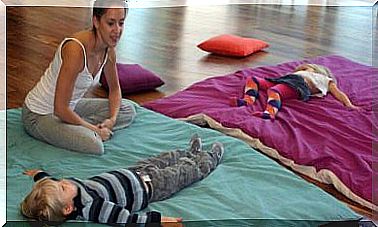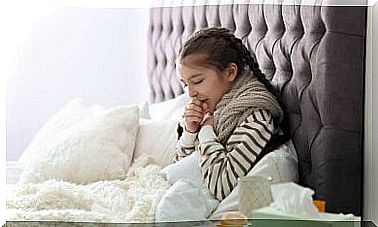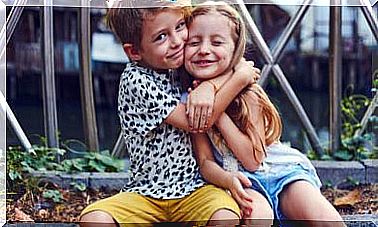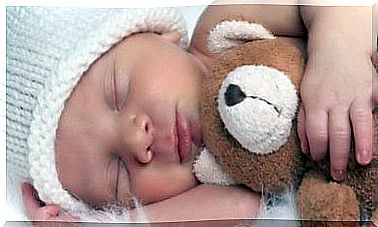Mom, Don’t Go Away! Children’s Separation Anxiety
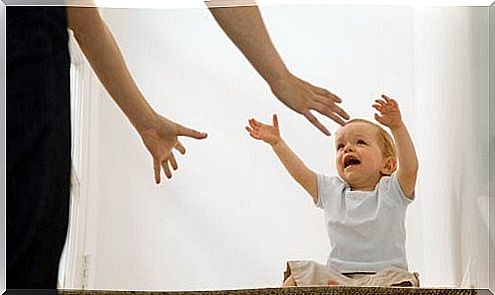
Sometimes children with separation anxiety can show some changes such as vomiting, shortness of breath, frequent nightmares and the fear of sleeping alone. These are symptoms of panic and should be reviewed and brought under the supervision of psychologists and specialists.
However, the separation anxiety that most children experience is fleeting and usually ends when parents learn to deal with the situation.
A child with separation anxiety cries or becomes rebellious when he becomes aware of his parents’ absence. It doesn’t matter if they’ve gone to work or if they’re in the next room. For her, what matters is that they are not around.
The same happens when the child has to be with other people. When they tell her they’re leaving her, she immediately grabs Mommy’s neck, Daddy’s pants, and screams as much as she can to express her anguish.
There are children who never feel separation anxiety. In other children, this behavior may be extended until they reach school age. For a third group, this phase ends when they become aware that they are protected under adult supervision and that their parents always come back in the end.
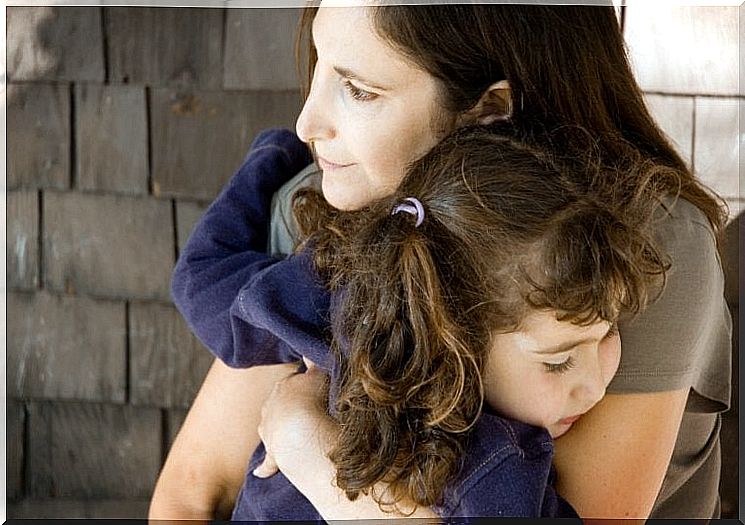
Help for moms who need to leave their child at daycare
Mom, if you already know that your child suffers from separation anxiety, there are many methods for dealing with it. We will recommend one:
Avoid stressful and sudden situations. Don’t leave him alone when he’s crying. Also don’t leave thinking he’ll calm down a few hours later because, after all, “no child spends all day crying.”
Follow our advice. If you have to work and need to leave your child in day care:
Make him want to know the place
A few weeks before you have to drop your child off at daycare all day, visit together. The first time, tell him about a special place where there are lots of children and toys to play with.
Stop by the day care center and show how happy the children are when they do activities together with the caregivers. It is not necessary for them to enter or to get very close. Just let your child see what’s going on inside. This moment can be remembered when you are at home talking to your family about this special place you have seen.
The next day you can do the same thing. If he wants, you can get a little closer and see the toys a little closer and listen to the caregivers’ songs. However, if he still doesn’t want to get close, don’t push the envelope. The important thing is that your child sees that in this place the children are very well and have fun. At home or at any other time you should comment on these visits.
As the days go by, you can move forward with this task. They can get closer, enter the day care center, pick up a toy, sit down and participate in the games, make contact with other children and caregivers…
Make him want to go back to daycare
When your child no longer rejects the place and wants to go back there to see the other children, we recommend that you move on to the second phase. This phase consists of staying there for at least an hour. In this time, the two of you must participate in the activities.
Get out of the child’s visual field a little
If your child feels good about being in day care during this time, you should leave him alone for a few moments.
Get out of your field of vision, but not too far apart. The first few times he’ll notice you’re gone very quickly and start crying. When that happens, call him and tell him you’re there. But without giving your face that you only called because you saw that he was sad. Better to say: “Look what a nice toy!” or run in a zigzag so that he thinks it’s a joke.
Do this as often as necessary.

divert your child’s attention
Achieving independence in play is important for your child to move away from the need to always be by your side.
Stop playing with him, but stay close. Make up your own fun and don’t pay too much attention to your child. One tactic is to put together a puzzle, for example.
Caregivers can help you a lot in this situation. At this point, the child can see that you are playing, but that you are very focused. Caregivers can start singing, doing a circle with all the children, asking questions about how animals do, or developing any other type of exercise that brings the whole group together.
Whenever your child sees that your toy isn’t fun and you don’t pay attention to it, and on the contrary, the activity going on there in the environment seems to be much more fun, he will naturally join the rest of the group.
Of course, he still won’t forget you’re there. From time to time he’ll take a peek to see if you’re still in the same place and even getting closer at one time or another. At this point, he will already feel more at ease as part of the group of children and will be more integrated into the daycare activities.
Gradually the separation anxiety goes away
As the days go by you will notice that your child is starting to like the caregivers and it feels good to share space and time with other children. You won’t be missed much and neither will the time on your side be as attractive as before. At this point he is ready to be alone.
The first time you leave him alone will only be for a few hours. Surely you’ll be hiding behind a tree to see how long it takes him to calm down and make sure he’s not suffering too much. However, there will come a time when you will have to go to work, and your child (just like you) will calm down and be integrated into the game.
The hustle and bustle of everyday life and the schedule of the new place will certainly make him distracted in a way that he will even forget that you exist. Well, at least until the afternoon, when it’s time to pick him up.
